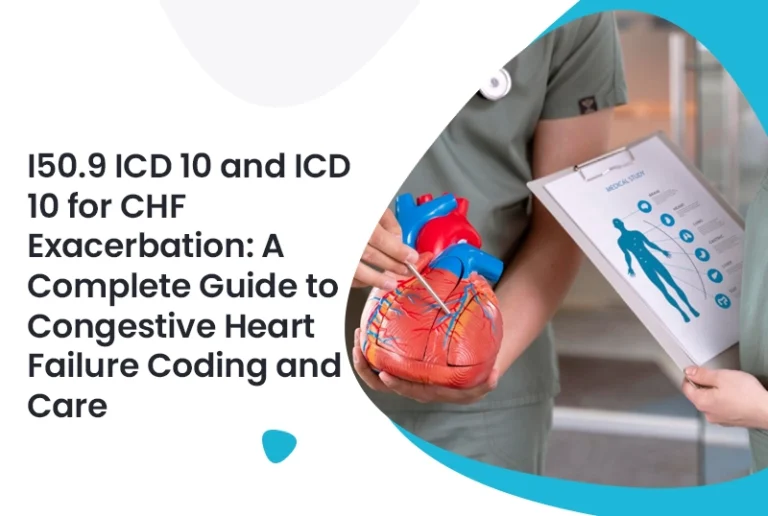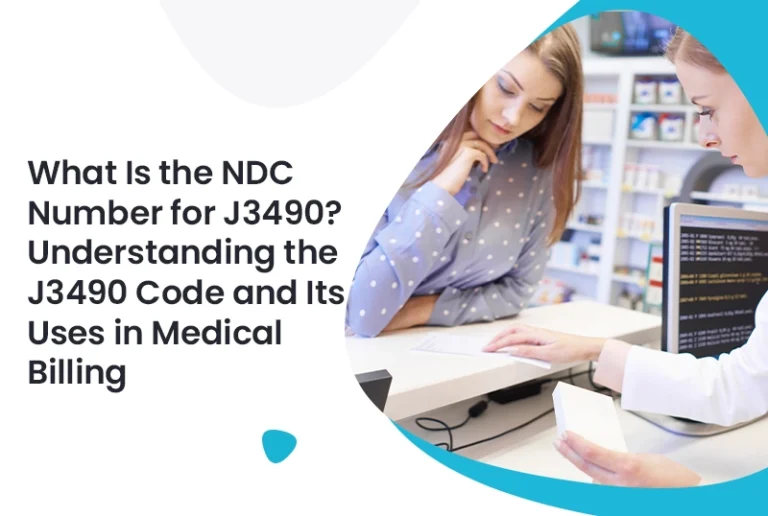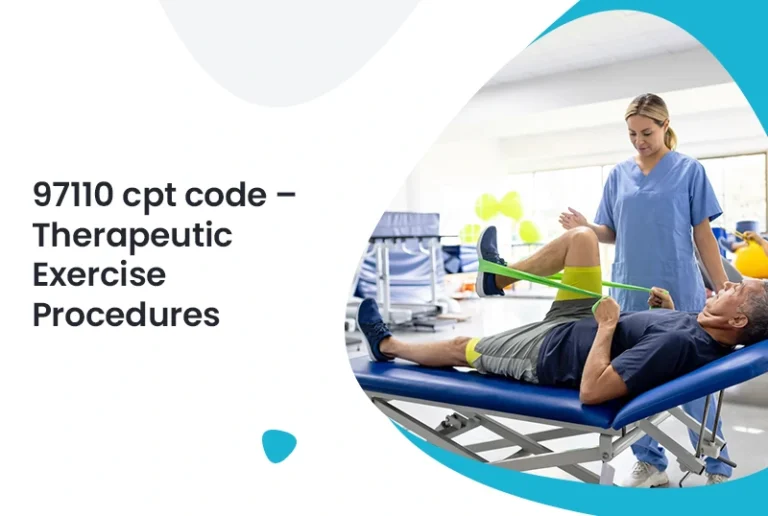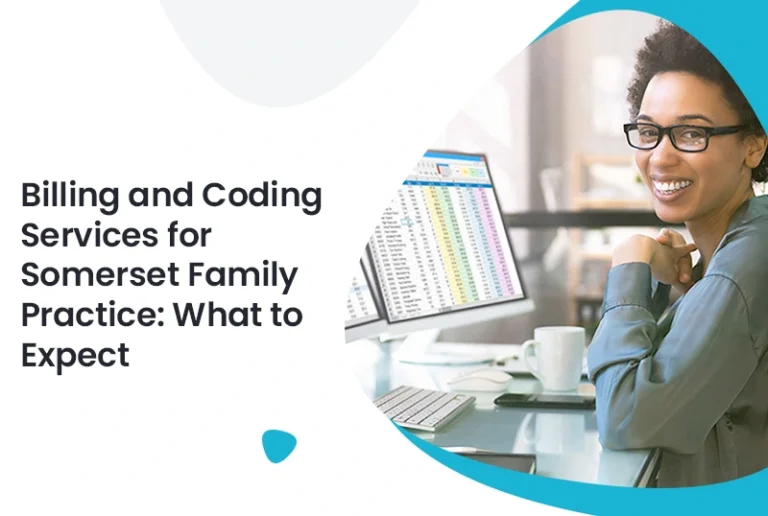As a medical practitioner, ensuring accurate and timely reimbursement involves more than just providing quality care—it demands a clear understanding of how you document and bill your services. A key component in the billing process is the Place of Service (POS) code, which specifies where the patient received care. Among these codes, POS 11 stands out as one of the most commonly used and plays a vital role in claim accuracy and reimbursement.
This guide helps physicians, therapists, and other outpatient healthcare providers in the U.S. grasp the purpose of POS 11, know when to use it, and recognize how to avoid common mistakes that may delay payments or lead to denials—especially when managing billing services medical processes.
What is POS 11?
POS 11 identifies that a healthcare provider delivered the service in a physician’s office or a similar outpatient clinic. Providers include this code on claims to clearly communicate the care setting to insurance payers.
Because reimbursement rates vary by care setting—such as hospitals, urgent care centers, or ambulatory surgical facilities—accurately coding the service location is essential. That’s why providers must choose the correct POS code that clearly reflects where the care occurred.
By using the appropriate place of service, providers align their services with the outpatient fee schedule and receive proper reimbursement for care delivered in an office setting.
When Should You Use POS 11?
You should use POS 11 on claims when the healthcare services were provided in a physician’s private office or outpatient practice setting, not in a hospital-owned outpatient department or facility. Situations that typically qualify for POS 11 include:
- Preventive care and routine office visits
- Chronic care management or follow-up appointments
- Behavioral health sessions (such as psychotherapy)
- Initial consultations not provided in a hospital setting
- Minor in-office procedures
It’s important to distinguish office-based care from services provided in other environments, such as:
- POS 21 – Inpatient Hospital
- POS 22 – Outpatient Hospital
- POS 20 – Urgent Care Facility
If the patient encounter occurred at any location associated with a hospital or off-site facility, POS 11 would not apply.
How to Use POS 11 Correctly
While medical billing professionals typically submit claims, accurate billing starts with the provider’s documentation. Here’s how to ensure POS 11 is applied properly:
1. Verify the Service Location
Confirm that the care was provided in your office or clinic space. If the patient was seen at a facility owned or operated by a hospital, another POS code may be appropriate.
2. Document the Encounter Clearly
Be sure your clinical notes or electronic health record (EHR) clearly show that the service was delivered in an office setting. Accurate documentation supports the use of POS 11 and protects your practice during audits.
3. Coordinate with Your Billing Staff
Your billing team depends on the information you provide to submit claims correctly. Make sure your staff has clear, complete documentation about where the service took place.
4. Double-Check Claim Forms
POS codes are included on forms like the CMS-1500. Make sure the correct code is reflected in the “Place of Service” section when appropriate. This helps avoid unnecessary delays in processing.
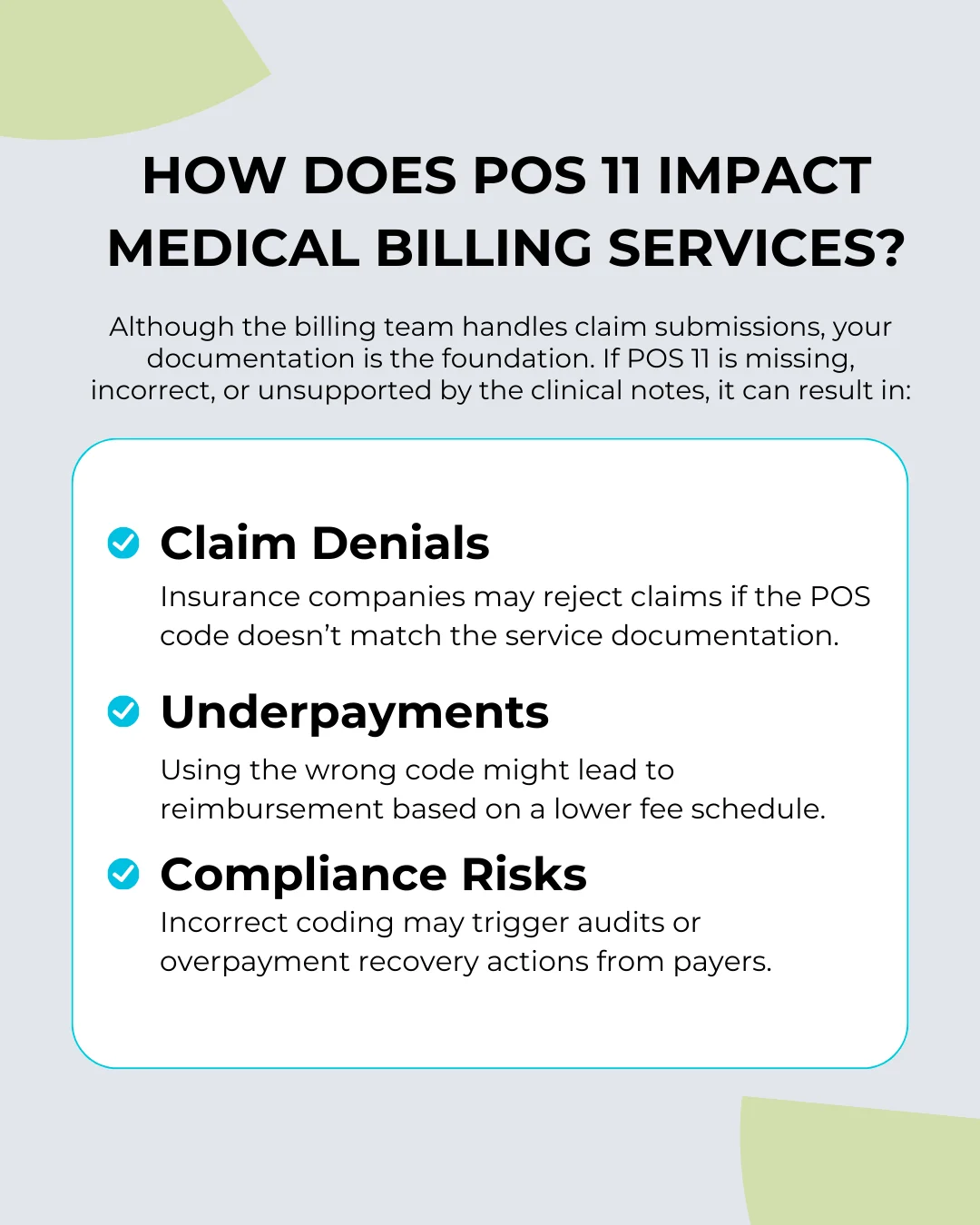
A good billing team can flag inconsistencies, but clear communication between providers and billing staff is key to success.
Best Practices for Using POS 11 in Medical Billing
To ensure smooth reimbursement and reduce administrative issues, healthcare providers should consider the following:
Ongoing Training and Awareness
Keep up with billing code changes and payer updates. While you don’t need to be a coding expert, having a basic understanding of the most common codes—like POS 11—can help you catch errors early.
Strong Documentation Standards
Ensure that your documentation supports the site of service. Clearly indicate that the encounter occurred in an office and include details that align with outpatient care.
Regular Chart and Claim Audits
Periodically reviewing your claims and documentation helps ensure that POS codes are being used correctly. Audits can uncover patterns that need attention and provide an opportunity for process improvement.
Collaborate with Your Billing Team
Encourage open communication between your clinical and administrative teams. When your billers have the information they need, your claims are more likely to be accurate and timely.
How to Avoid Common Mistakes When Using POS 11
Even experienced providers and billing teams can make errors related to POS codes. Here are a few common issues to watch out for:
- Incorrect Code Selection: Using POS 11 for services that occurred in a hospital or off-campus facility can result in denials or reduced payment.
- Missing POS Code: Forgetting to include any POS code, or entering it in the wrong field on the claim form, can lead to rejected claims.
- Inadequate Documentation: If your notes do not clearly show that the service was office-based, even the correct POS code may be challenged during audits or pre-payment reviews.
Conclusion
For healthcare practitioners, understanding proper coding in medical billing is essential for accurate reimbursement and smooth claims processing. Even though the billing team handles the medical billing coding and submission, your documentation and awareness of service location play a critical role in ensuring that everything aligns correctly.
By using POS 11 appropriately and supporting it with strong documentation, you can reduce the risk of claim denials, improve payment timelines, and maintain compliance with payer requirements. With billing becoming increasingly complex, small improvements like this can have a significant impact on your practice’s financial health, efficiency, and overall healthcare revenue cycle management performance.
FAQs (Frequently Asked Questions)
Q1: What does POS 11 mean in medical billing?
POS 11 refers to the Place of Service code that indicates a service was provided in a physician’s office or outpatient clinical setting.
Q2: When should I use POS 11?
Use POS 11 for routine care, follow-ups, or consultations performed in a physician-owned office or outpatient clinic—not in a hospital or urgent care facility.
Q3: What happens if I use the wrong POS code?
Using an incorrect POS code may result in claim denials, incorrect reimbursement, or payer audits—all of which can delay or reduce payment.
Q4: How can my billing team help with POS 11?
Billing professionals ensure the correct codes are submitted based on your documentation. Collaborating with them can reduce claim errors and improve your revenue cycle.
Q5: Can I submit a claim without using POS 11?
If the service qualifies for POS 11 but the code is omitted or incorrect, your claim may be delayed or denied. Always confirm that the correct code is present before submission.


